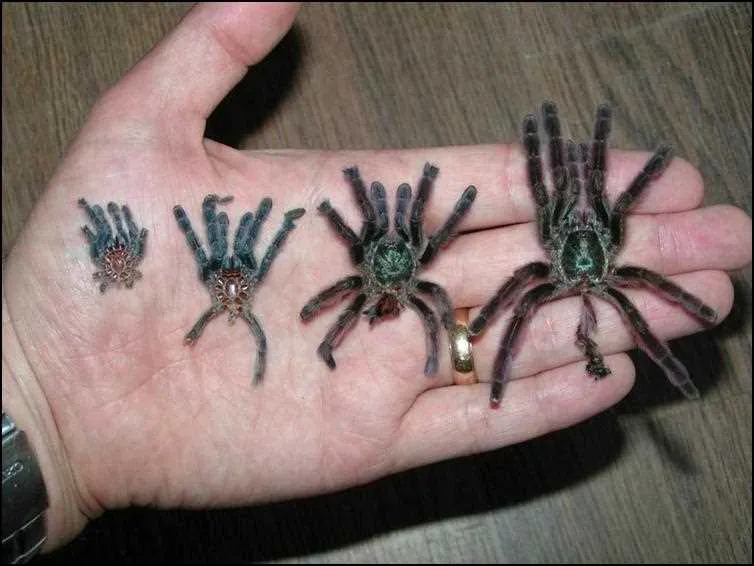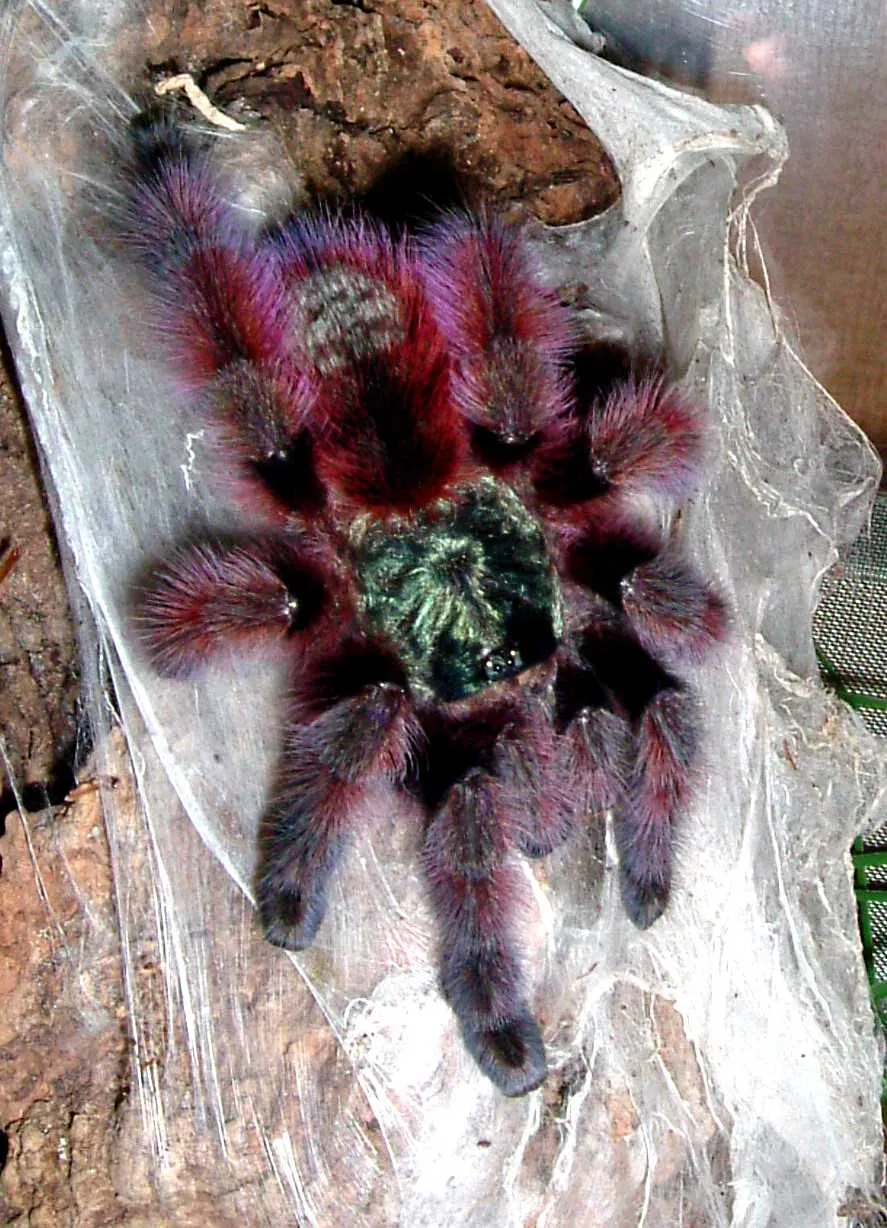Understanding Pink Toe Tarantula Sexing
Sexing your Pink Toe Tarantula, scientifically known as Avicularia avicularia, is a fundamental aspect of tarantula keeping, whether you’re a seasoned hobbyist or a beginner. Knowing the sex of your tarantula is crucial for various reasons, including understanding their lifespan, predicting their behavior, and making informed decisions about breeding. This guide provides a comprehensive overview of the key differences between male and female Pink Toe Tarantulas, helping you accurately determine their gender and care for them appropriately. Accurate sexing allows for better planning in terms of habitat setup, feeding routines, and expectations regarding their growth and development. It is important to have a thorough understanding of the techniques, physical characteristics, and behavioral nuances to differentiate between male and female Pink Toe Tarantulas, ensuring you are well-equipped to provide the best possible care for your arachnid companion.
Identifying the Sex of Your Pink Toe Tarantula
Determining the sex of a Pink Toe Tarantula isn’t always straightforward, especially with younger specimens. However, several methods can assist in accurately identifying the gender. The most reliable methods involve examining the tarantula’s molt and, in some cases, observing specific physical characteristics. It’s important to handle the tarantula with care during any examination. It’s essential to have good lighting and, if possible, a magnifying glass to observe these subtle differences. Careful examination, patience, and attention to detail are key to successful sexing.
Examine the Molt

Examining the molt is the most reliable method of sexing a Pink Toe Tarantula. After the tarantula molts, the shed exoskeleton provides valuable clues about its gender. The molt’s underside displays the reproductive organs, allowing for accurate identification. The best way to sex through the molt is by the presence of the spermathecae. This is the most reliable method for sexing Pink Toe Tarantulas and is frequently used by experienced keepers.
Spermathecae
In female Pink Toe Tarantulas, the spermathecae are visible on the underside of the molt. These are the structures that store the sperm after mating. They appear as a pair of pouches or sacs. The size and shape of the spermathecae can vary, but their presence confirms that the tarantula is female. If the molt is in good condition and the spermathecae are clear, sexing through this method is extremely accurate. The spermathecae appear as a distinct structure near the epigastric furrow on the underside of the molt.
Bulbs
Male Pink Toe Tarantulas have distinctive structures called palpal bulbs on the tips of their pedipalps (the small leg-like appendages near their mouths). These bulbs are used for mating and are only present in males. They are not visible on the molt, only on the live tarantula. If a tarantula has palpal bulbs, it is confirmed to be a male. Determining the presence of the palpal bulbs is another reliable method to identify the gender. Careful examination under good lighting is usually necessary.
Male Pink Toe Tarantulas

Male Pink Toe Tarantulas tend to be smaller and have a shorter lifespan than females. They are typically more active and may exhibit different behaviors, especially when they reach maturity. The males will start to show sexual dimorphism after their final molt.
Physical Characteristics
The most obvious physical characteristic is the presence of palpal bulbs on mature males. In addition to this, males often have longer legs and smaller bodies compared to females. They also might have hooked tibial spurs on their front legs, though this is not always a reliable indicator for Pink Toes. Male Pink Toes will have the palpal bulbs and the tibial spurs. These features are not present in the females.
Behavioral Differences
Male Pink Toe Tarantulas often become more active and may wander in search of a mate. They may also display mating behaviors such as drumming on the substrate. During mating season, they might refuse food or lose their appetite. The behavior of a male Pink Toe Tarantula will depend on its age and where it is in its life cycle.
Female Pink Toe Tarantulas

Female Pink Toe Tarantulas are generally larger and have a longer lifespan than males. They can live for several years, even decades, with proper care. Their physical characteristics and behavior differ, making them easier to differentiate from males.
Physical Characteristics
Females tend to be larger and more robust than males. They lack palpal bulbs and tibial spurs. After molting, the presence of the spermathecae on the molt confirms that the tarantula is a female. The female Pink Toe Tarantulas have a larger abdomen and more robust overall build than males.
Behavioral Differences
Female Pink Toe Tarantulas are typically less active than males and may spend more time in their hide or web. They may be less inclined to wander and might display a more consistent feeding response. They are also more likely to exhibit maternal behaviors if they are bred and lay eggs. Female Pink Toe Tarantulas are generally more predictable in their behavior, making them easier to manage as pets.
Why is Sexing Important

Knowing the sex of your Pink Toe Tarantula is crucial for several reasons. Primarily, it helps in planning for their care and anticipating their needs. If you plan to breed your tarantulas, accurate sexing is essential to match a male and female. For pet owners, understanding the lifespan and potential behaviors associated with each sex helps in creating a suitable environment and managing expectations. Understanding the sex can also help to prevent unwanted breeding. By knowing the gender, you can better meet your tarantula’s needs and provide the best possible care.
In conclusion, determining the sex of a Pink Toe Tarantula is an essential aspect of tarantula keeping. Using the methods described above, you can confidently identify your tarantula’s gender, understand its potential behaviors, and provide the best possible care. Whether you’re a seasoned keeper or a beginner, mastering these sexing techniques will enhance your ability to care for these fascinating creatures. Careful observation, patience, and a willingness to learn will help you become a more knowledgeable and successful tarantula keeper.
